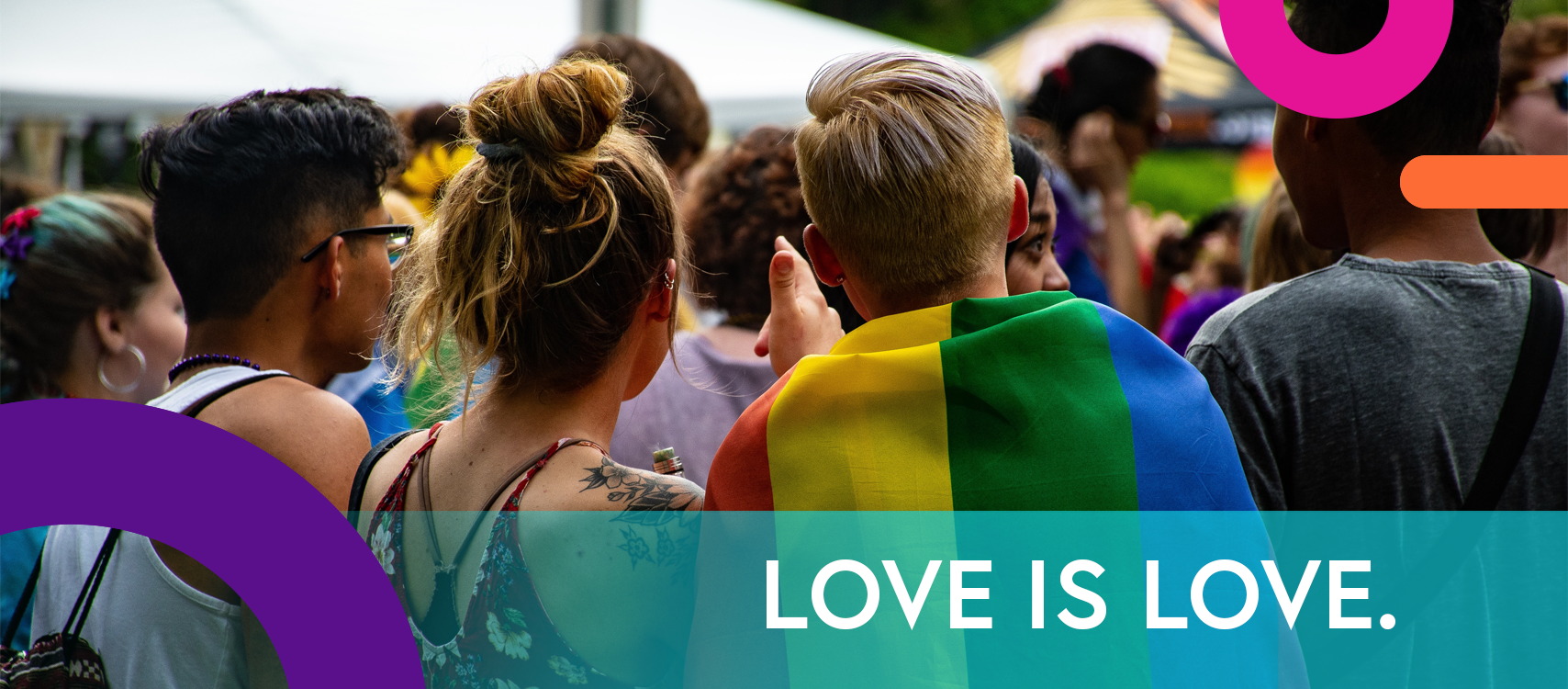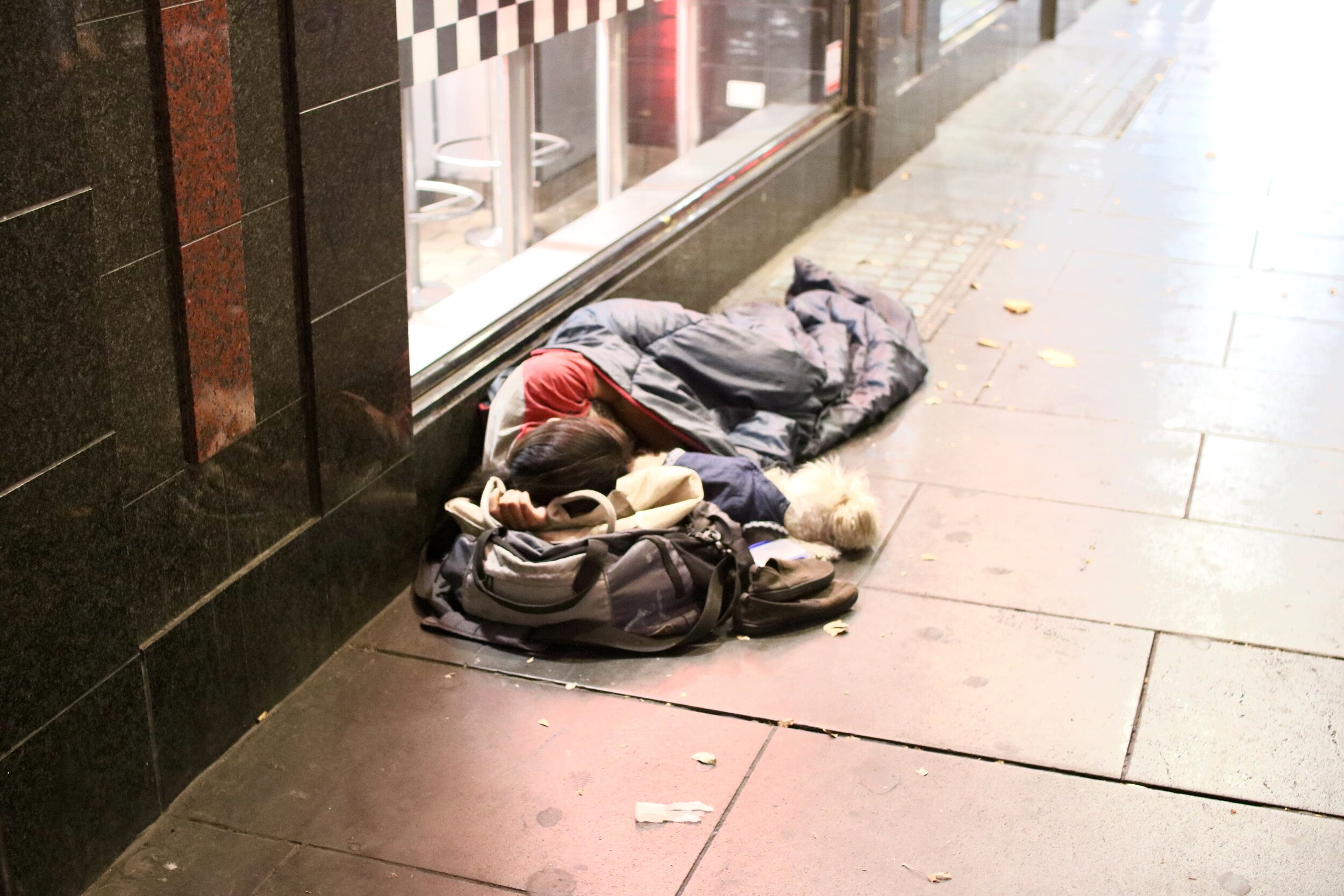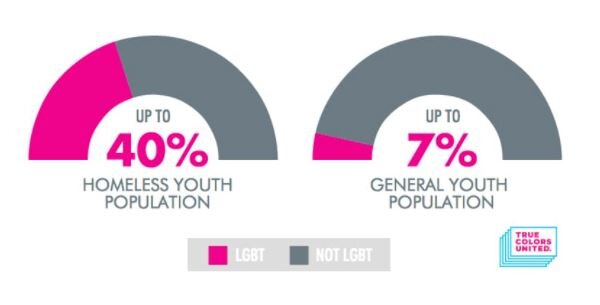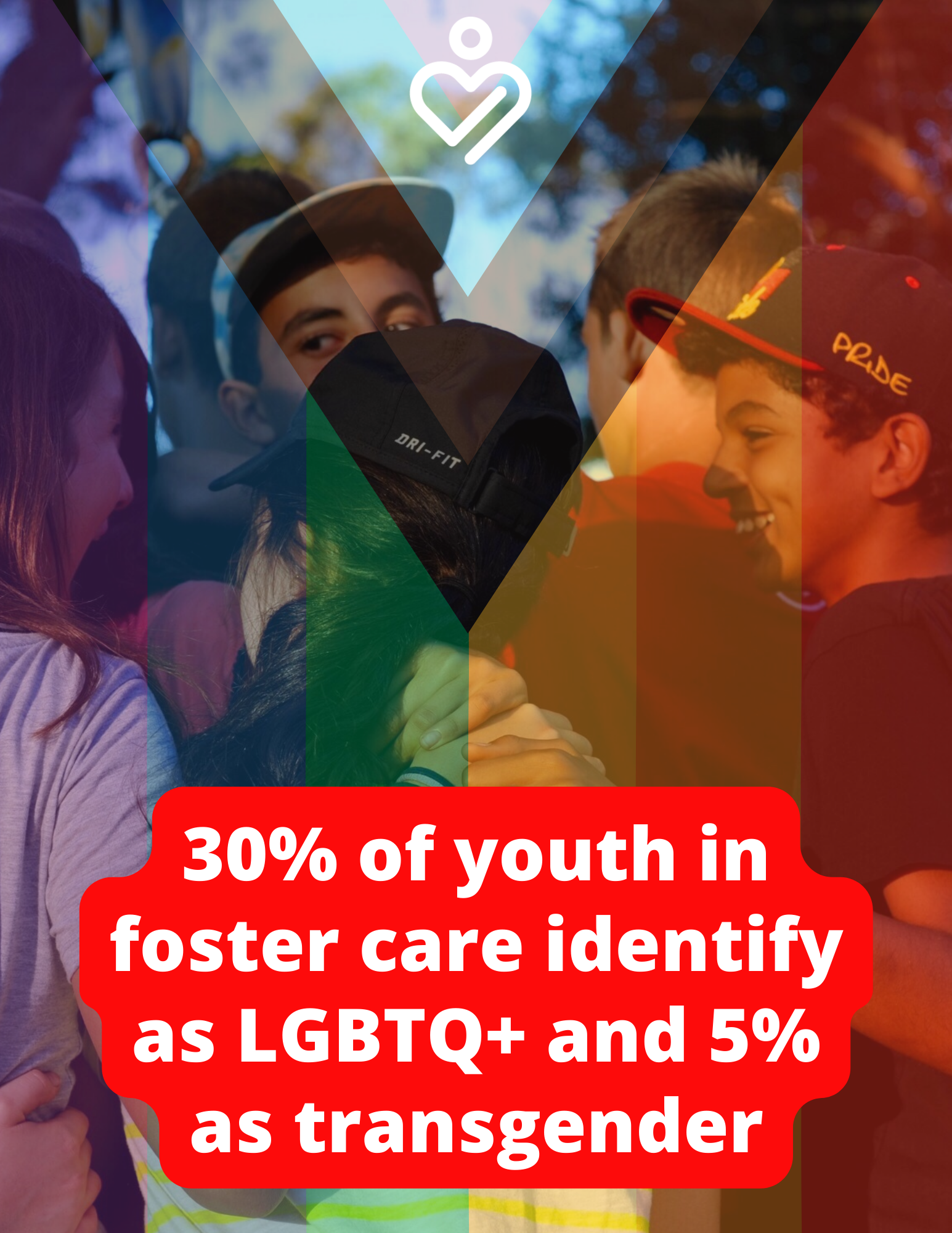Celebrate Pride Month
LGBTQ+ youth are at risk for overrepresentation in child welfare systems and are disproportionately likely to leave the foster care system without a permanent family.
According to youth.gov, Young people who are lesbian, gay, bisexual, transgender, or questioning (LGBTQ) enter the child welfare system for reasons similar to those of other children and youth—that is, their birth families cannot provide a safe, stable, and nurturing home. In some cases, families reject, neglect, or abuse young people when they learn that they identify as LGBT or are questioning their romantic/sexual orientation or gender identity. According to one study, about 26 percent of LGBT youth are forced from their homes because of conflicts with their families of origin over sexual orientation or gender identity. Physical violence is also a concern for LGBTQ youth. In another study, 30 percent of LGBT youth reported physical violence at the hands of a family member after coming out as LGBT. Furthermore, an estimated 43% of LGBTQ youth experiencing homelessness are forced from their homes because of conflicts with their families about their sexual orientation of gender identity; 32% of homeless LGBTQ youth have experienced physical, emotional, or sexual abuse at home over their sexual orientation or gender identity.
Several studies have found that LGBT young people are overrepresented in child welfare systems, despite the fact that they are likely to be underreported because they risk harassment and abuse if their LGBT identity is disclosed. For example, although approximately 4-10 percent of the total population is estimated to be LGBT, a study in Los Angeles estimated that LGBT youth represent 19 percent of those placed in out-of-home care. In other research on youth aging out of foster care, 34 percent reported a sexual orientation other than heterosexual. These data suggest that LGBTQ youth are at risk for overrepresentation in child welfare systems and are disproportionately likely to leave the foster care system without a permanent family.
Experiences of LGBTQ Youth in Child Welfare Systems
LGBTQ youth may experience challenges under the care of child welfare systems. Unfortunately, a high percentage of LGBT youth continue to experience verbal harassment or physical violence after they are placed in out-of-home care due to conflicts related to their sexual orientation or gender identity. In the Los Angeles study, 13 percent of LGBT youth reported being treated poorly by the foster care system compared with 6 percent of non-LGBTQ+ youth
Many LGBT youth experience multiple disrupted placements, compounding the trauma associated with leaving their families of origin and increasing the chances of homelessness. For example, 78 percent of LGBT youth in one study were removed or ran away from foster placements because of the caregiver’s hostility toward their sexual orientation or gender identity. Furthermore, as noted in the homelessness and housing section of this topic, the streets are home to a disproportionate number of youth who are LGBT. Some estimates suggest that the percentage of youth who are homeless and LGBT could be as high as 40 percent. Other research has found that as many as 56 percent of LGBT youth in out-of-home care have spent some time without stable housing because they felt safer on the streets than in group or foster homes. One study found that 65 percent of LGBT youth experiencing homelessness had lived in group or foster homes and that 39 percent of these youth had been forced to leave their homes because of their sexual orientation or gender identity. Furthermore, LGBT youth in foster care are less likely than other youth to find a permanent home, whether through reunification with their birth or kin families or through adoption.
LGBTQ Youth are 120% More Likely to Experience Homelessness.
According to a recent study from Chapin Hall at the University of Chicago, LGBTQ young people are 120% more likely to experience homelessness than non-LGBTQ youth. Right off the bat, these young people are presented with an uneven playing field. True Colors United is working to level that field so that LGBTQ youth are no more likely to experience homelessness than anyone else. We’ve seen this higher risk reflected in our own research. It’s estimated that about 7% of youth in the United States are LGBTQ, while 40% of youth experiencing homelessness are LGBTQ.
(Source:TrueColorsUnited.Org)
Why Do LGBTQ Youth Experience Homelessness?
Family conflict is the most common cause of all youth homelessness. For LGBTQ youth in particular, the conflict tends to be over their sexual orientation or gender identity.
While rejection is the most frequently cited reason LGBTQ youth experience homelessness, it’s not the only one. According to service providers, additional reasons include aging out of the foster care system, poverty, and conflict in the home. Often, it’s not one thing that causes homelessness, but a combination of many.
New Mexico has ranked 50th out of 50 states for child well-being for the last 5 years in a row, according to the Annie E Casey Foundation.
RESOURCES for LGBTQ+ Youth & Families
The following resources provide more information and tools to support families and youth who identify as LGBTQ+. Download the Sexual Orientation, Gender Identity & Expression Glossary of Terms now.
Human Rights Campaign: Offers numerous resources to LGBTQ+ people and their allies
LGBTQ Youth: Provides resources to support LGBTQ+ youth in your care
Parenting: Offers resources on issues facing families with parents or children who identify as LGBTQ+
Family Acceptance Project: Helps ethnically, socially, and religiously diverse families increase support for their LGBTQ+ children through a research-based, culturally grounded approach
PFLAG: Supports families through more than 350 chapters in major urban centers, small cities, and rural areas in all 50 States and is a national, nonprofit organization
Coming Out: Offers a guide to demonstrating support and acceptance for LGBTQ+ people
Our Trans Loved Ones: Provides answers to frequently asked questions and support for family members just learning of their loved one's gender differences
Be Not Afraid – Help Is on the Way! Straight for Equality in Faith Communities: Offers a faith-based resource from PFLAG's Straight for Equality program
Centers for Disease Control and Prevention: Provides education, information, resources, and health services for LGBTQ+ youth and adults
American Psychological Association: Answers questions about transgender people, gender identity and expression, and other issues related to sexual orientation, including Transgender People, Gender Identity, and Gender Expression and Sexual Orientation & Homosexuality
Lambda Legal: Offers a toolkit, Getting Down to Basics, with resources for those supporting LGBTQ+ youth in foster care
FOR LGBTQ+ YOUTH
Be Yourself: Questions and Answers for Lesbian, Gay, Bisexual, Transgender, Queer, and Questioning Youth: Offers clear, straightforward answers for LGBTQ+ youth
Represent: Presents personal stories from LGBTQ+ youth in foster care
The Trevor Project: Provides crisis intervention and suicide prevention services for LGBTQ+ youth
It Gets Better Project®: Uses videos created to show LGBTQ+ youth that they are not alone and that they have the potential for happy, positive futures, if they can just get through their teen years
American Civil Liberties Union: Offers resources, such as LGBTQ Rights, for LBGTQ+ youth about their rights at school and how to effectively advocate for themselves
Lambda Legal: Provides legal resources regarding out-of-home care and school issues for LGBTQ+ youth
Gay, Lesbian, and Straight Education Network: Focuses on ensuring safe schools for all students and is a leading national education organization
“We owe it to the children of the present and future to do better. We should never lose sight of the goal of providing quality homes that are welcoming to all young people during an important time of adolescent development.” Terry Scraggins
“We all share the same world – and we all could do a better job at
making that world a better place for young people.”
Resources FOR LGBTq+ Youth
Casa Q in Albuquerque is the state’s leading resource for LGBTQ+ Homeless Youth. At Casa Q, they believe in the strength and resiliency of our youth. They believe in offering services in culturally appropriate and competent ways. They believe that meaningful participation of LGBTQ youth drive the success of the organization. They believe that providing strength-based services promotes the development of self-efficacy and self-determination.
National Reach
Through a wide array of advocacy, training & education, youth collaboration, and technical assistance programs, True Colors United implements innovative solutions to youth homelessness that focus on the unique experiences of LGBTQ young people.
Founded in 1973 after the simple act of a mother publicly supporting her gay son, PFLAG is the nation's largest family and ally organization.PFLAG is the first and largest organization for lesbian, gay, bisexual, transgender, and queer (LGBTQ+) people, their parents and families, and allies. With over 400 chapters and 200,000 members and supporters crossing multiple generations of families in major urban centers, small cities, and rural areas across America, PFLAG is committed to creating a world where diversity is celebrated and all people are respected, valued, and affirmed.








